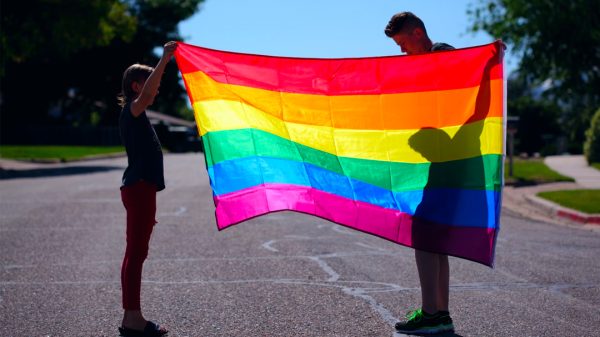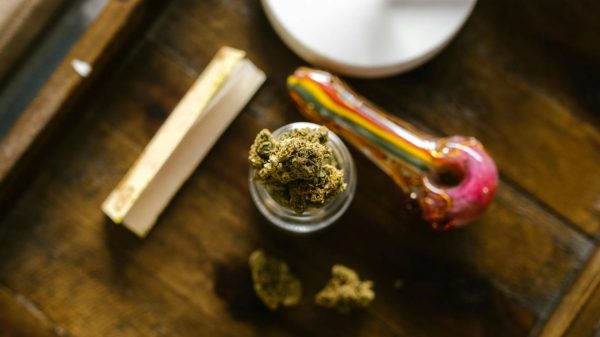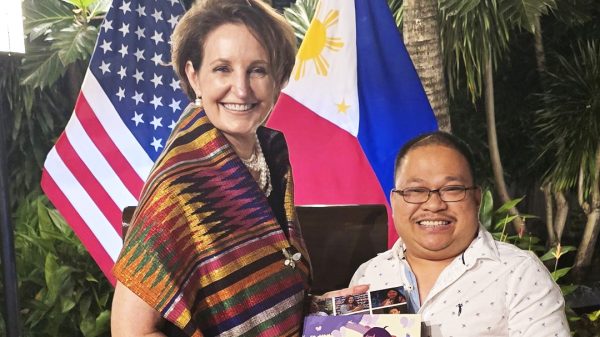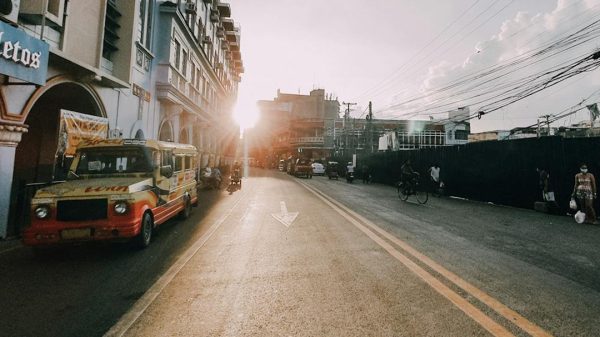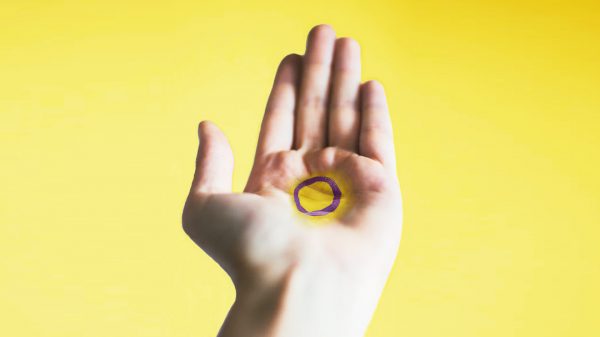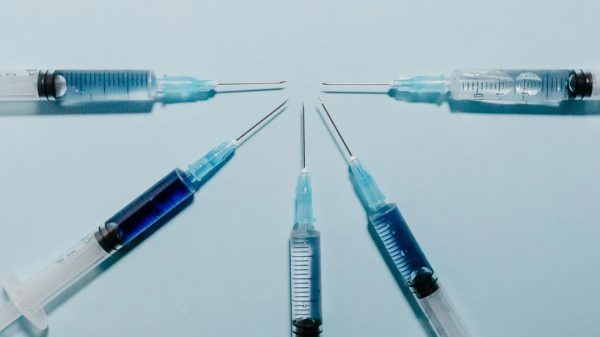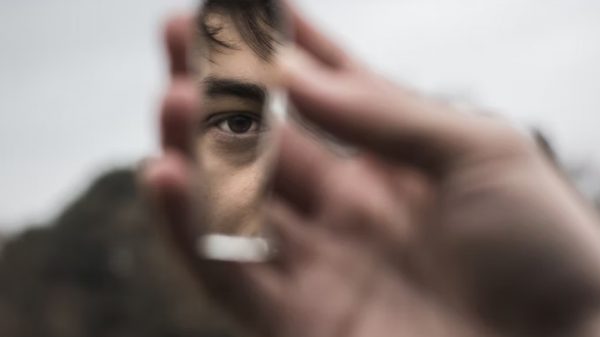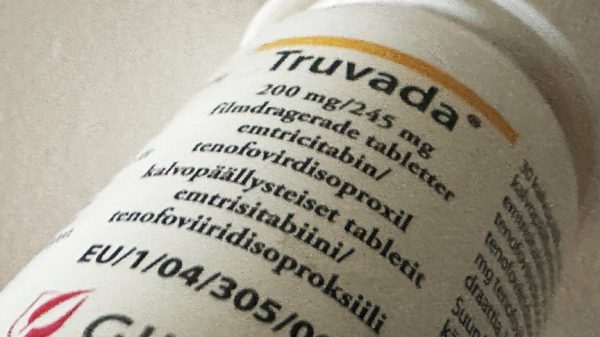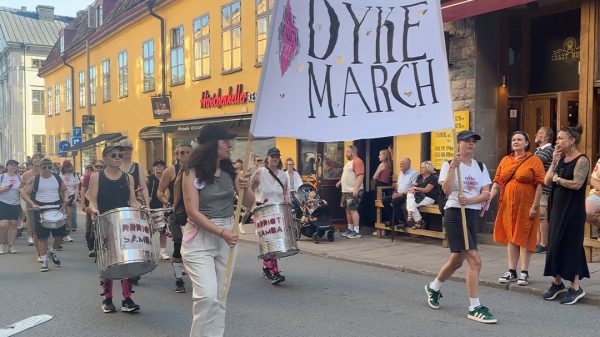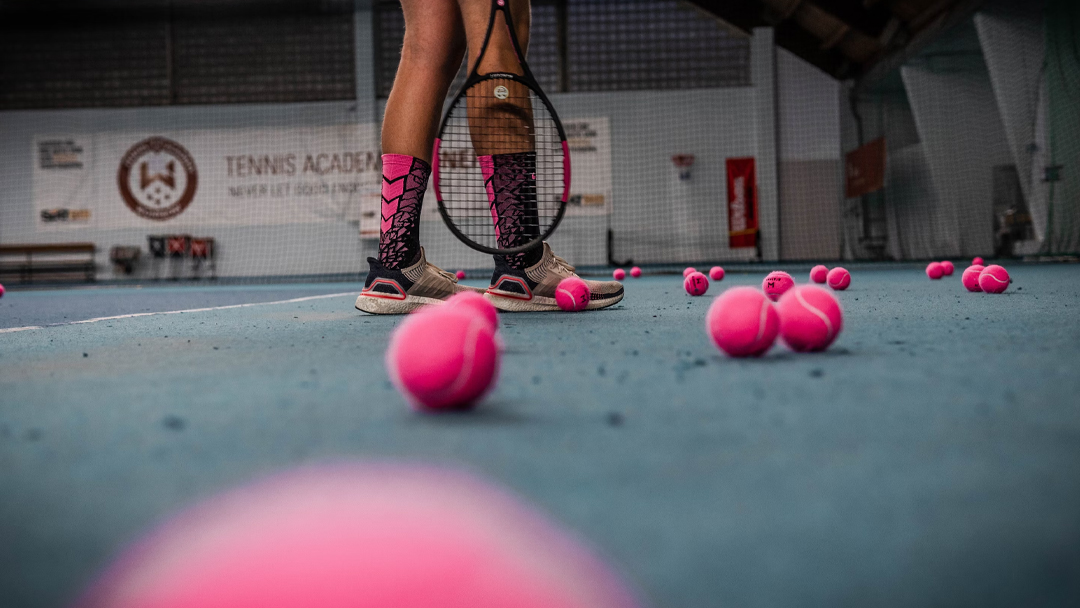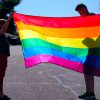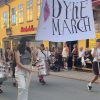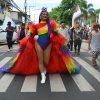For adolescents, staying active offers benefits to their overall health and their social and academic lives. However, the number of youths participating in physical activity and sports is on the decline. This is particularly true among those with multiple identities — including assigned sex, gender modality, sexual identity, racial and ethnic identity, access to economic resources, weight status, and mental health, behavioral and emotional problems.
This is according to a study — “Who Plays and Who Doesn’t? An Intersectional Examination of Disparities in Adolescent Sport and Physical Activity Lesson Participation” by Sarah M. Kaja, Samantha E. Lawrence, Kay A. Simon, Mi’Chael N. Wright, and Marla E. Eisenberg — that appeared in the Journal of Adolescent Health.
For this study, the researchers analyzed intersections of seven social identities among specific subgroups of adolescents in grades 9 and 11. The research used 2022 Minnesota Student Survey data, where over 60,000 students self-reported their social identities as well as team sport and physical activity participation.
The study’s findings included:
- While 50% of the students played sports and 25% participated in physical activity lessons, participation varied substantially at the intersections of social identities. For example, participation prevalences were as low as 8% – 17% among groups of students least involved in sports.
- Students with the highest sports participation were predominantly white, heterosexual and had high access to resources, while participants with the lowest sports participation held multiple marginalized social identities.
- Physical activity lessons had more participation among youth of color and gender and sexual minority youth, but participation was still most often in combination with high access to resources.
- Students in all the lowest sports participation groups held at least one marginalized social identity, and the majority held more.
- The lowest sports participation groups included students with a marginalized sexual identity and at least one other marginalized social identity, such as low access to resources, a transgender or gender-questioning identity, or a higher BMI percentile.
Previous research has shown context-specific stressors — such as insufficient policies, victimization and harassment — can limit LGBTQ+ people’s motivation and participation. This new research suggests those stressors may compound further for those with multiple marginalized identities, and that initiatives meant to reach adolescents based on a single identity may fail to reach the adolescents who need the most support to participate.
“By revealing more nuance in young peoples’ level of engagement in organized sport and activity, our work is an important step to address which students need support to play,” said Kaja.
“With these building blocks, we hope to continue working to reduce health disparities, achieve national public health priorities and encourage school and community-based organizations to cultivate inclusive environments and layer recruitment, retention and policy initiatives to support under-involved youths.”
For the researchers, future research should prioritize adolescents with social identities over-represented in the lowest prevalence sport and physical activity involvement groups to further identify and address specific social and structural barriers to participation.

